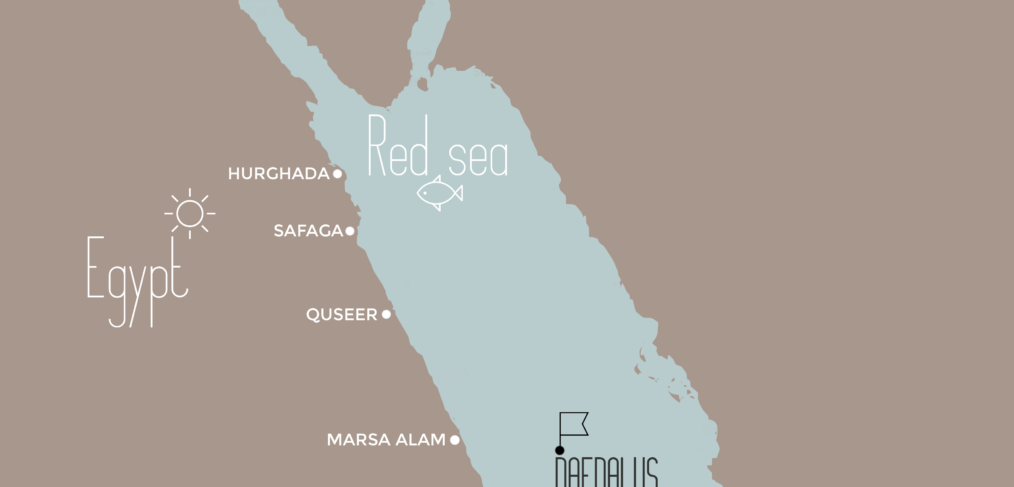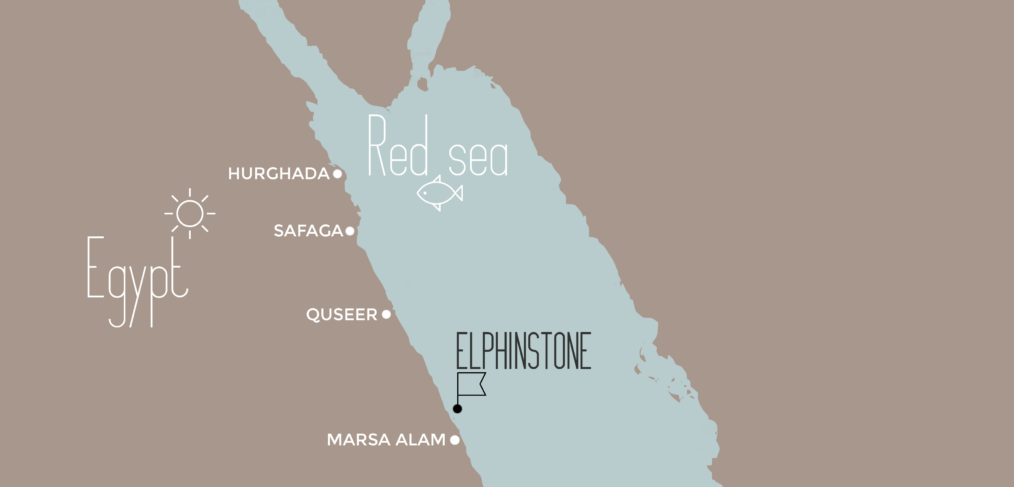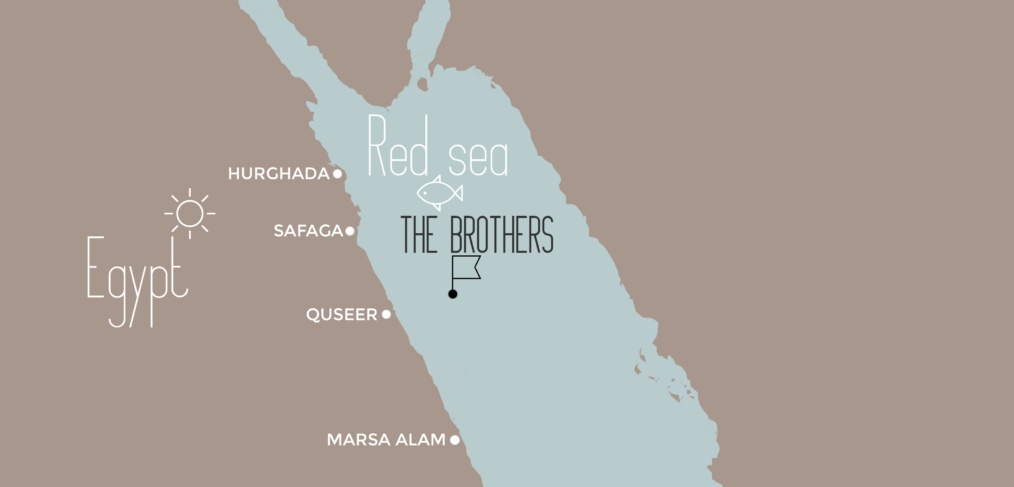The Brother Islands are a world famous scuba diving destination and offers some of the best diving in Egypt and in Red Sea. These 2 small Islands (Little Brother and Big Brother) are famous for their wonderful pristine coral as well as being one of the best places in Egypt to dive with Sharks!
Here you can encounter the Oceanic Whitetip Shark, Schooling Hammerhead Sharks as well as Grey Reef Sharks and Silvertip Sharks! The very rare Thresher Shark can also sometimes be spotted! In addition, the Brothers Islands are home to a fantastic reef life with myriads of colourful reef fishes, pelagic fishes such as Barracudas, Giant trevallies, Tunas and even the magnificent Manta Ray!
Diving with sharks is just one of the mindblowing fish encounters you can experience while diving at Brother Islands in the Red Sea. With amazing vertical walls covered with corals and spectacular fish population, diving at the Islands is definitely unforgettable! Altogether, there are about 12 possible dive sites around the Brothers. There are 2 particularly interesting wrecks to dive on the North of the Big Brother Island not far from the lighthouse, the Numidia Wreck and the Aida Wreck.
FAMOUS
DIVE SITES
is shaped like a rain drop, falling from the north west to south east. Deep walls surround the island on all sides except the northern point, where the reef slopes very slowly away from the island before dropping to a deep plateau at 40m. This plateau is one of the best places in the Red Sea for diving with sharks. Silvertips and grey reef sharks frequent the area and great hammerheads sometimes rise from the deep for a quick inspection before descending into the deep blue once again.
On the eastern and western walls, it’s not about size but about quality. Surrounded by sheer walls covered with black corals, mammoth gorgonian fans with exceptionally dense hard and soft corals covering the spectrum of colours, it’s easy to miss all the beauty as your view is obscured by schools of fish so plentiful that it often blocks out the light.
The current on both these walls tends to run from north to south, so you are likely to end a dive on either wall at the southern plateau. This is a wide ledge some 20m or more deep. Schools of barracuda often circle here, and dogtooth tuna and reef sharks are often prowling close by.
lies about 1 km to the north of its smaller sibling. Characterised by an impressive healthy fish population, it is dominated by tiny anthias, glassfish and sweepers. All are resident on or around a fringing reef that plunges steeply away on all sides. The walls are densely covered by huge gorgonians and colourful soft corals.
Numerous sharks are attracted to the south east point of Big Brother. Grey and white tip reef sharks, hammerheads and the more ominous oceanic white tips are commonly spotted. Make a dawn dive here and you could be lucky enough to see thresher sharks, particularly in Autumn and Winter, that are rarely seen elsewhere by divers.
Big Brother is also home to 2 Red Sea wrecks, lying quite close by one another off the north east point of the island, near the lighthouse.
It is a perfect spot for those typical Red Sea coral reef photographs. As always at Big Brother, half an eye should be kept on the blue for passing pelagics but this part of the island boasts perhaps the prettiest section of reef, at this, one of the Red Sea’s most famed dive sites.
is also known as the Railway Wreck due to the 2 locomotive wheels that she was carrying as cargo and now lie in the shallows. She met her end in 1901 when bound for India on only her second voyage. This was a 130m long British wooden cargo ship that ran aground. The bow is broken up and lies in only 8m of water.
Soft corals have claimed the Numidia as their own now and decorate the entire remaining metal framework, bringing the ship back to life for Red Sea scuba divers, this time in the form of a vibrant and colourful living reef. You can follow the hull and a series of masts down to greater depth, but the ship’s stern lies in 90m and well beyond recreational diving limits, so even though you might be able to see it, it would be wise to not follow your enthusiasm.
was a 75m transport supply ship that came off last during a head-to-head with Big Brother and sank in 1957. Her bow rests at 30m and the stern lies at 60m and deeper, where large groupers lurk. The picturesque wreck has been claimed by the reef and is completely covered in soft and hard corals and a haven for all manner of marine creatures that you’ll see when diving in the Red Sea.
There are various ways to dive Big Brother and if this site is on your liveaboard itinerary then you will probably visit it at least 3 times. A common entry point is on top of the Aida wreck from which you make your way along the length of the island with the sloping reef on your left. Look out to the blue for sharks, barracuda and napolean wrasses. The wall boasts a very healthy reef and is covered mostly in soft corals, in particular broccoli soft coral (Lithophyton arboretum). You can slowly make you way into shallower water here since the reef is in prime health all the way to just below the surface.
- Reef Basics: wrecks and sharks
- Depth: 5 – >40m
- Visibility: 20 – 30m
- Currents: can be strong
- Surface conditions: can be rough
- Water temperature: 23 – 30°C
- Experience level: intermediate – advanced
- Number of dive sites: 7
- Diving season: all year round
- Distance: 125 km (6½ hrs) north of Marsa Alam, 150 km (8 hrs) south-east of Hurghada
The Brothers
YOU MAY SPOT HERE
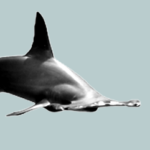
HAMMERHEAD SHARK
___
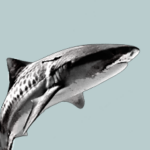
TIGER SHARK
___
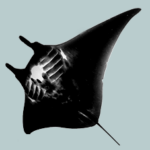
MANTA RAY
___
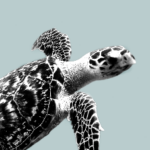
TURTLE
___
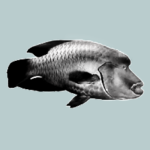
NAPOLEON
___
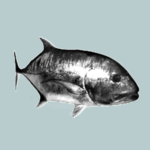
GIANT TREVALLY
___
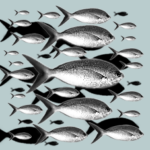
FUSILIER SCHOOL
___
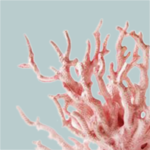
... ANY MORE
fishes & sea life

